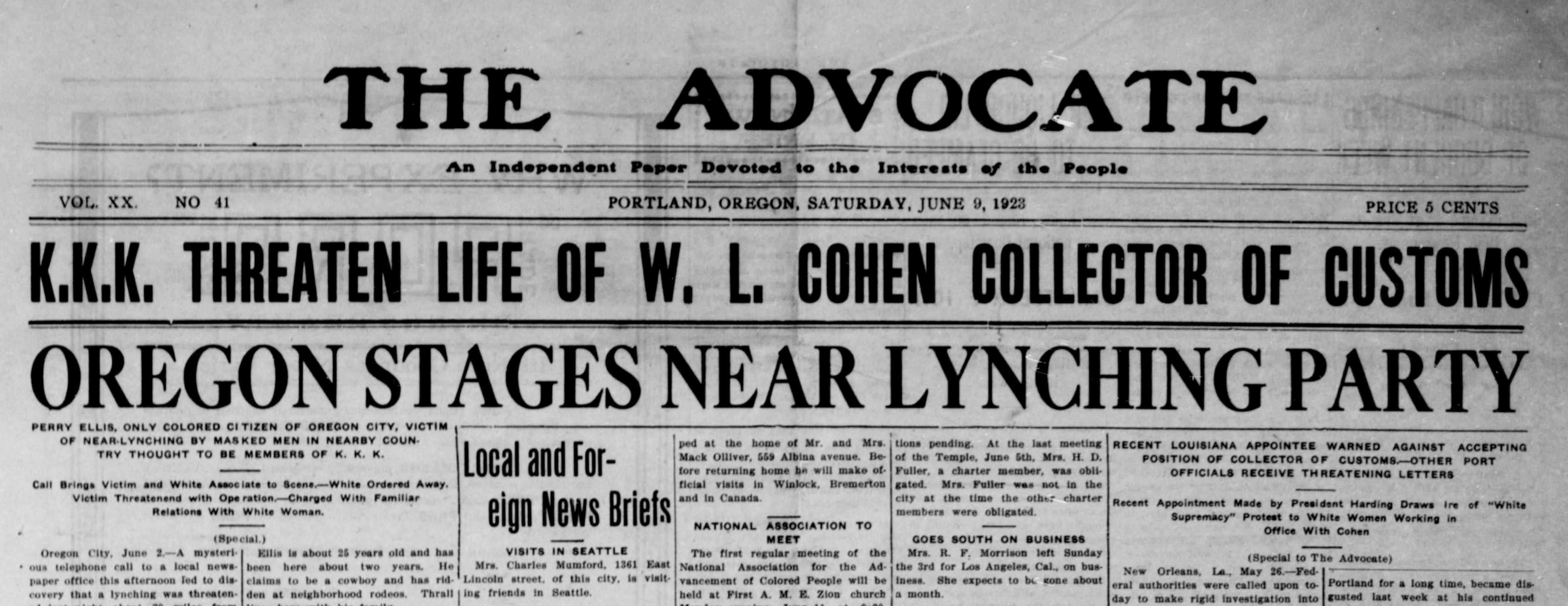Some Known Questions About News Articles.
Some Known Questions About News Articles.
Blog Article
7 Easy Facts About News Articles Explained
Table of ContentsRumored Buzz on News ArticlesNot known Details About News Articles News Articles for DummiesSome Known Details About News Articles How News Articles can Save You Time, Stress, and Money.
Excellent understanding of different topics offers trainees a competitive edge over their peers. Even though electronic and social media are conveniently easily accessible, we should not forget how crucial it is to review the papers. Parents have to try and inculcate the habit of reading a newspaper as an everyday routine to continue the legacy of the adored print tool.Information stories likewise contain at least one of the adhering to vital qualities family member to the desired target market: distance, prestige, timeliness, human rate of interest, quirk, or repercussion.
Within these limits, newspaper article likewise intend to be detailed. However, various other factors are included, some stylistic and some stemmed from the media form. Among the bigger and much more recognized newspapers, fairness and balance is a significant factor in presenting info. Commentary is generally constrained to a different area, though each paper may have a various total slant.
Papers with an international audience, for instance, often tend to utilize a more official design of creating. The specific options made by a news outlet's editor or content board are typically collected in a design overview; usual design overviews include the and the US News Design Book. The major objectives of information writing can be summarized by the ABCs of journalism: accuracy, brevity, and clarity.
The smart Trick of News Articles That Nobody is Talking About
As a regulation, reporters will certainly not utilize a lengthy word when a brief one will certainly do. They use subject-verb-object building and construction and dazzling, energetic prose (see Grammar). They use anecdotes, instances and metaphors, and they seldom rely on generalizations or abstract concepts. Information writers attempt to stay clear of using the exact same word greater than once in a paragraph (occasionally called an "echo" or "word mirror").
Headlines occasionally omit the subject (e.g., "Jumps From Boat, Catches in Wheel") or verb (e.g., "Feline woman lucky"). A subhead (likewise subhed, sub-headline, subheading, subtitle, deck or dek) can be either a subservient title under the major heading, or the heading of a subsection of the post. It is a heading that precedes the main text, or a group of paragraphs of the major text.

Added billboards of any of these types may show up later on in the write-up (particularly on subsequent pages) to tempt more reading. Such billboards are also utilized as tips to the write-up in other sections of the magazine or website, or as ads for the piece in various other magazine or websites. Normal structure with title, lead paragraph (recap in strong), you can try here various other paragraphs (information) and contact details.

Example of a hard-lead paragraph NASA is recommending one more area project. The budget demands approximately $10 billion for the project.
An "off-lead" is the second most important front page news of the day. To "hide the lead" is to start the post with background info or information of additional value to the readers, forcing them to check out even more deeply into a post than they must have to in order to uncover the important factors.
Facts About News Articles Revealed
Typical usage is that or 2 sentences each create their very own paragraph. Journalists generally explain the organization or framework of a newspaper article as an upside down pyramid. The important and most fascinating elements of a go to these guys tale are placed at the beginning, with sustaining info adhering to in order of lessening relevance.
It allows people to explore a topic to only the depth that their interest takes them, and without the charge of details or subtleties that they might take into consideration irrelevant, but still making that information available to extra interested readers. The inverted pyramid structure additionally allows articles to be trimmed to any type of approximate length throughout layout, to fit in the space readily available.
Some authors start their stories with the "1-2-3 lead", yet there are several kinds of lead offered. This layout usually starts with a "Five Ws" opening paragraph (as described over), complied with by an indirect quote that offers to sustain a major aspect of the very first paragraph, and afterwards a direct quote to sustain the indirect quote. [] A kicker can refer to multiple points: The last tale current broadcast; a "satisfied" tale to finish the show.
Longer posts, such as magazine cover articles and the pieces that lead the inside areas of a newspaper, are recognized as. Function tales differ from straight information in a number of ways.
Not known Factual Statements About News Articles
The journalist often information communications with interview topics, making the piece extra personal. An attribute's initial paragraphs frequently connect a fascinating minute or event, as in an "anecdotal lead". From the details of an individual or episode, its view quickly broadens to generalizations about the tale's topic. The section that signifies what an attribute is around is YOURURL.com called the or signboard.

The Editor's Toolbox: A Referral Overview for Beginners and Professionals (2001) Allan M. Siegal and William G. Connolly. The New York Times Manual of Design and Usage: The Official Design Guide Made Use Of by the Writers and Editors of the Globe's A lot of Authoritative Newspaper (2002) M. L. Stein, Susan Paterno, and R.
Report this page